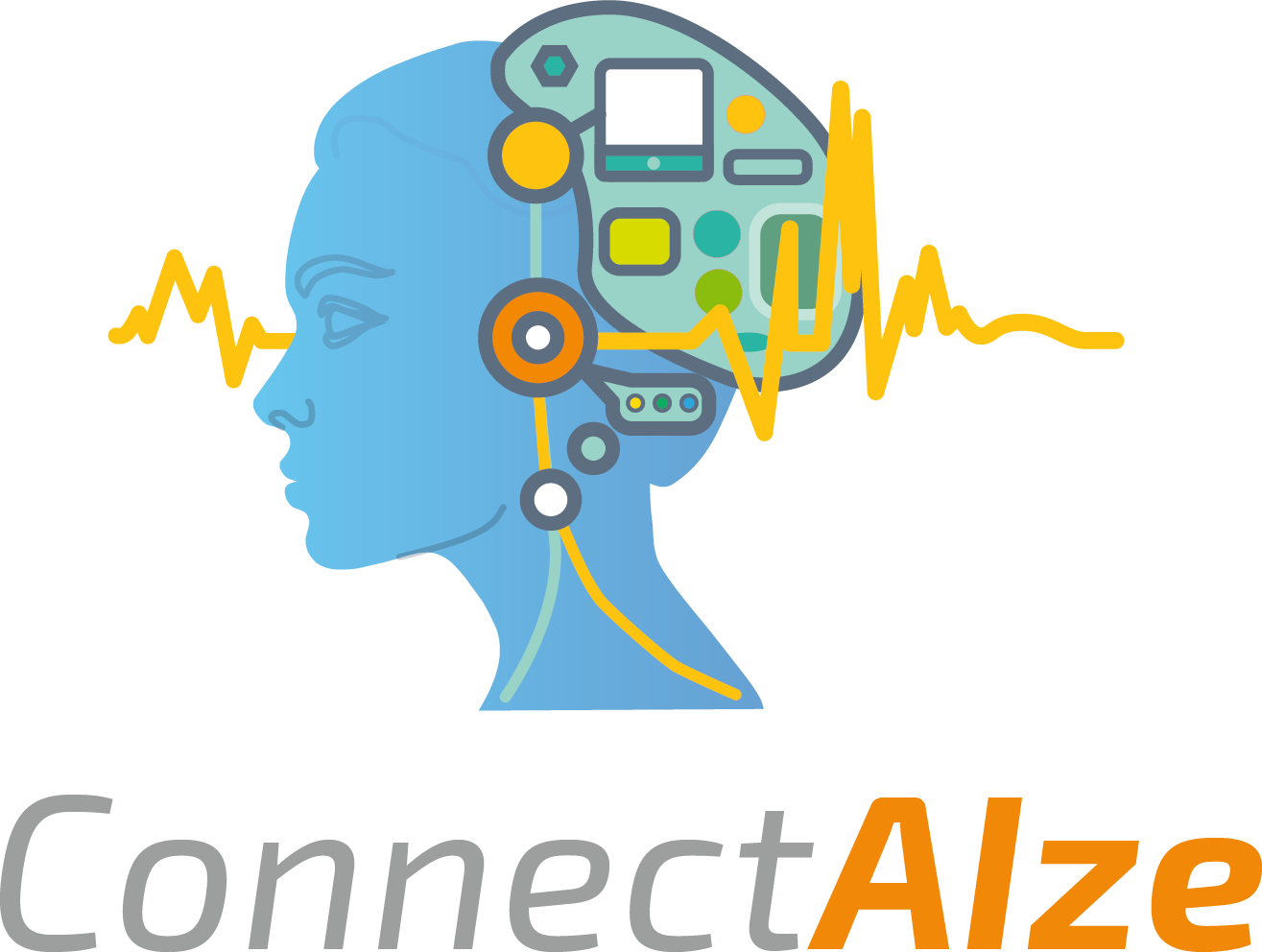As we transition into a new week, it’s pivotal to reflect on the data we’ve gathered from our recent surveys and interviews regarding AI integration across various sectors. Recent studies have shown that over 70% of businesses struggle with AI integration, making it one of the pressing issues in today’s tech landscape. Despite its potential benefits—from enhanced efficiency to transformative business models—many organizations face significant hurdles that impede successful adoption and integration. This article aims to shed light on these challenges using insights from industry leaders, paving the way for potential solutions.
Understanding the Key Challenges in AI Integration
The integration of AI presents a myriad of challenges that organizations must navigate. Three major obstacles often emerge:
1. Lack of clear strategy and understanding of AI capabilities
Many businesses, particularly small to mid-sized companies, confront a fundamental misunderstanding of AI technologies and their potential applications. According to a survey conducted by Deloitte, nearly 40% of organizations cite inadequate knowledge about AI tools as a barrier to integration. Without a clear strategy or vision for how AI can serve their objectives, businesses risk making poorly informed decisions that can lead to wasted resources and missed opportunities.
2. Integration complexities with existing systems
Another significant challenge lies in the technical aspects of integrating AI with existing IT infrastructure. Organizations often use a patchwork of legacy systems that are incompatible with modern AI solutions. This lack of interoperability can result in data silos, making it difficult to harness the benefits of AI. Companies like General Electric faced similar hurdles in their attempts to integrate AI into their manufacturing processes, often having to invest considerably in reorganizing their data systems before they could implement AI-powered analytics.
3. Cultural resistance within organizations
Perhaps one of the most insidious challenges is cultural resistance within organizations. Employees may resist changes due to fear of job displacement, lack of understanding of AI, or skepticism about the technology’s relevance to their work. In a report by McKinsey, professionals indicated that a culture of mistrust towards new technologies can significantly hinder successful integration. Leaders must proactively manage change, emphasizing upskilling and retraining to alleviate fears and foster a culture that embraces innovation.
Real-Time Feedback from Industry Leaders
Insights from industry leaders paint a vivid picture of the AI integration landscape:
Prevalent Challenges
Through surveys conducted in our recent outreach, we found that 62% of leaders reported difficulty in aligning AI strategies with business objectives. Moreover, case studies reveal that a lack of technical expertise and insufficient support infrastructures often lead organizations to fail in their AI projects. For instance, a financial services company we interviewed attempted to implement an AI-driven customer service chat system but turned back after realizing that their existing CRM system could not support such an integration.
Addressing Challenges
To counter these challenges, leaders are taking various proactive steps. One organization, Marriot International, as part of its AI-enabled operations strategy, has set up a dedicated AI task force to oversee the integration efforts, ensuring that all departments have a say in how AI can optimize their processes. This collaborative approach not only builds internal buy-in but positions the company for long-term adaptability and growth.
Setting the Stage for Solutions
Based on the feedback and insights we’ve gathered, several potential solutions can be explored to support effective AI integration.
Tailored Strategies for Different Sectors
No one-size-fits-all approach exists for AI integration. Different sectors present unique requirements, necessitating customized strategies. For instance, in healthcare, integrating AI for predictive analytics might require a focus on patient data security, while in retail, improving supply chain efficiency might be prioritized.
Collaborative Approaches
Collaboration across departments is vital. Companies must leverage knowledge from technical, operational, and managerial teams to ensure that integration efforts are holistic and well-informed. Solutions must be crafted not just by data scientists, but should also involve input from end-users who will directly interact with AI tools.
Actionable Takeaways for Future Planning
To navigate the complexities of AI integration, organizations can undertake several steps:
1. Develop a Clear AI Strategy
Businesses should define a clear AI strategy and align it with their overall business objectives. This may involve investing in training sessions to elevate understanding and capabilities among the workforce.
2. Foster Continuous Learning and Adaptation
AI technologies evolve at a fast pace. Implementing a culture of continuous learning ensures that the workforce remains up-to-date and is more comfortable with embracing new tools.
3. Consult with Experts
Engaging with AI consultants or partners can provide businesses with tailored strategies that address their unique challenges. This ensures that organizations are not working in isolation but leveraging external expertise to optimize integration.
Benefits of Overcoming AI Integration Challenges
Successfully overcoming AI integration challenges can yield significant benefits, including:
1. Enhanced Efficiency and Productivity
Organizations that adeptly harness AI will see boosts to efficiency and productivity. For instance, companies utilizing AI for data analysis can deliver insights faster, allowing for timely business decisions.
2. Competitive Advantages
Establishing AI capabilities early can provide considerable competitive advantages. For instance, companies in the finance sector employing AI-driven algorithmic trading have reaped notable gains over their competitors that lag in technology adoption.
3. Innovation Opportunities
AI integration doesn’t just optimize existing processes; it also opens doors to new business models and innovation opportunities. The ability to analyze large datasets can provide companies with insights into customer preferences, allowing them to innovate product offerings and services.
Conclusion
In navigating the challenges of AI integration, organizations can benefit from understanding these obstacles and adopting industry-specific strategies to ensure success in their AI initiatives. We invite you to join the conversation: Share your experiences with AI integration challenges and what solutions you believe can drive success in the comments below. Your insights could contribute to a deeper understanding of this critical journey toward embracing AI.

